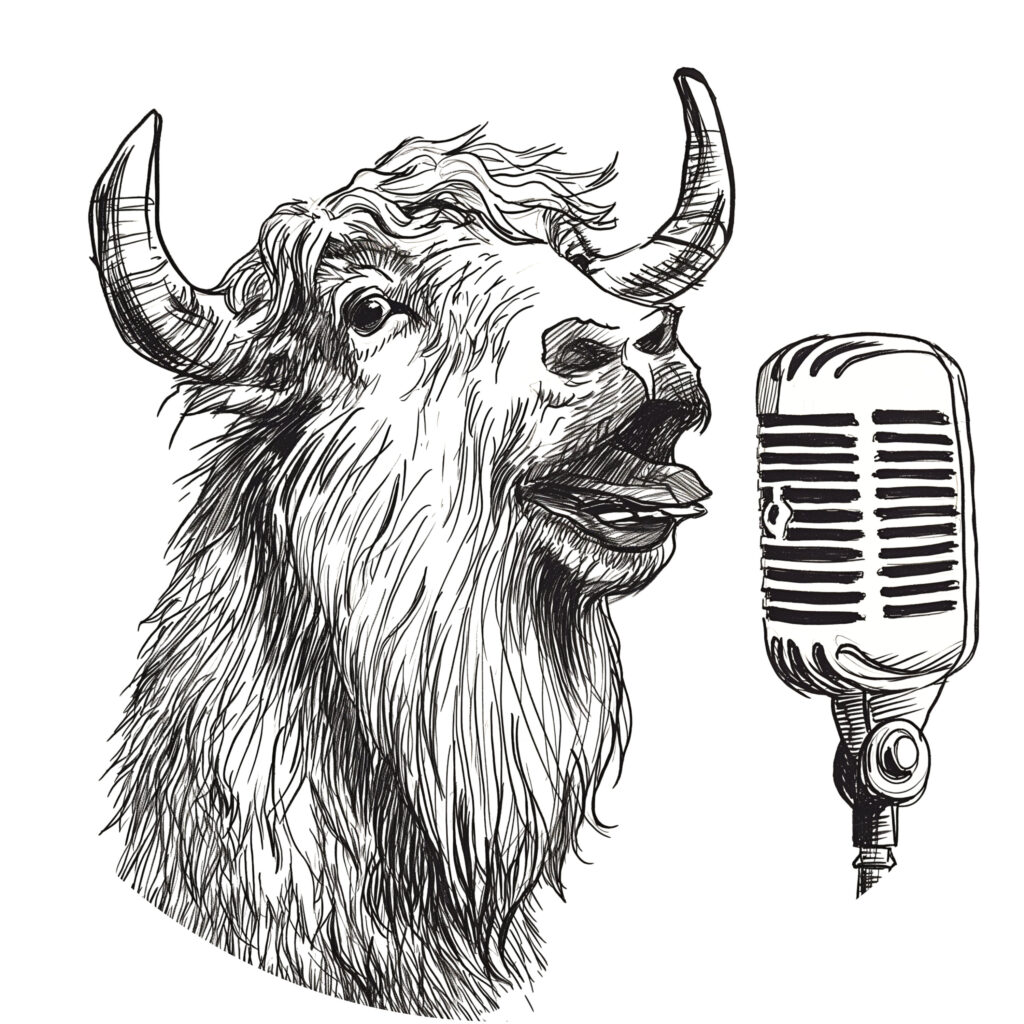So we knew we wanted to make an origin story. We knew we wanted to make a young Lara Croft, and we wanted her be a blend of someone that has a level of vulnerability and inner strength. She has this aspirational quality. She wants to be someone and to pull away from the perception of who she is because of her legacy of being a Croft. She is her own person and she is trying to make her way in this world. So that was the focus early on – trying to understand who she was inside.
…
The things that we absolutely kept were the brown eyes, the signature quality of her lips having that M shape, and the relationship between the eyes and the nose and the mouth. Those were things we knew we wanted to maintain.
…
We realized that Lara’s hair was a big part of her visual language – the iconography of Lara croft includes her ponytail. But we also knew we didn’t want to do something like the classic braid. We wanted to have the hair itself tell a bit of the story. So the hair moves and helps to sell the drama.
Karl Stewart:
We did some initial tests where we brought in the vision for the new Lara Croft, and then we matched it up against the previous iterations. In the tests of the previous iterations it was clearly evident that people moved around the image more to the items and her chest and her waist size. But with the new image, people spent most of the time piercing her eyes. Anybody who has seen the image says “I know that girl.”
I grew up with Laura Croft. Talk about giving an adolescent boy a false image of the female form? I was that adolescent boy. I don’t regret it for a second, I mean, come on. However, with the reboot of the franchise I think they did a terrific job capturing the story of Laura Croft in her remodeled physique; she’s fit, strong, more normally proportioned. I see women who look like the new Laura working out at my neighborhood club. My kids see those women, too, and strong, fit, and active isn’t a terrible role model to have.

